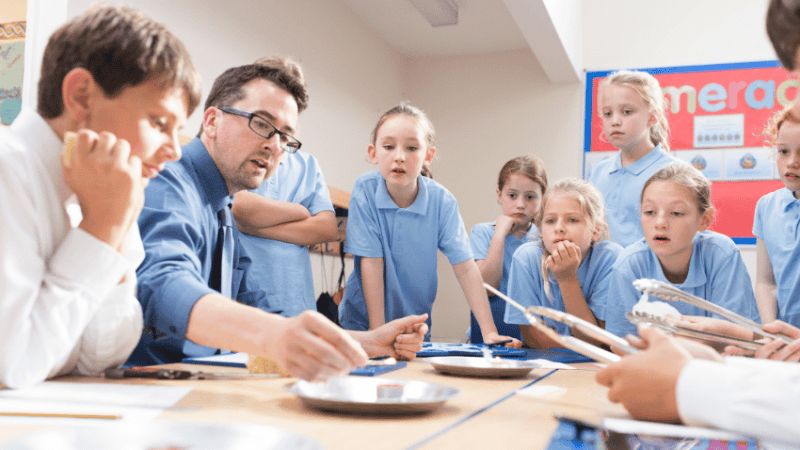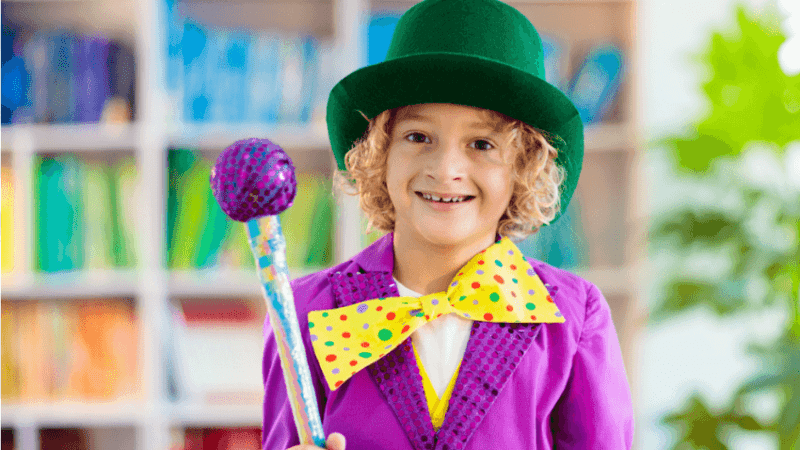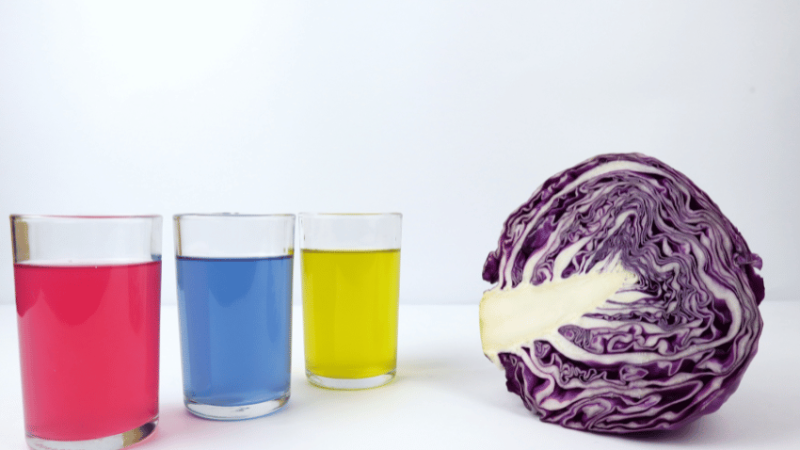Frozen fireworks science experiment in five easy steps
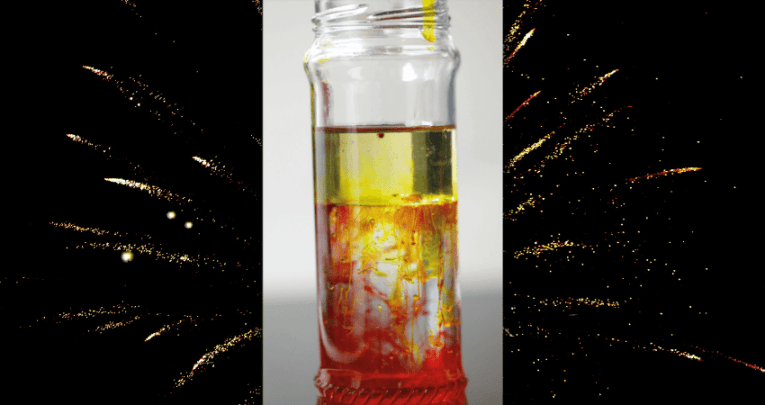
What happens when we mix fluids of different densities? Emily Hunt has the answers…

- by Emily Hunt
- Author of the 15-Minute STEM series and freelance STEM writer Visit website
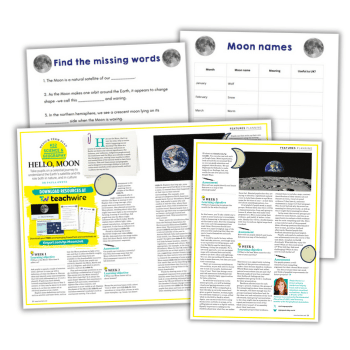
You will need:
- A clear jar
- Warm water
- Vegetable oil
- Food colouring (in a variety of colours)
- An ice cube tray
- A pipette (optional)
- Other liquids, eg honey or milk for comparison (optional)
Note: you will need to pre-prepare the ice cubes before beginning this experiment.
How to do it
1. Fill up your ice cube tray with water. Add a few drops of food colouring to each ice cube mould, either by squeezing them from the bottle or using a pipette. Then place the tray in the freezer for a few hours.
2. Once the ice cubes are frozen, part-fill your jar with warm water, leaving space at the top.
3. Then add a 2cm layer of vegetable oil. You will notice that the oil floats on top of the water.
4. Place the ice cubes into the jar and watch them float in the oil layer.
5. Watch as the ice melts and coloured droplets sink down into the water and mix together, creating fireworks!
Optional: older children could be given the additional challenge of creating the colours they would like for their firework display using food colouring in only the three primary colours of red, yellow and blue.
Investigate
Now try adding other fluids to your jar, such as honey or milk. How do their densities compare to water and vegetable oil?
What are we learning?
Density is the mass of an object divided by its volume. Put another way, it is the amount of ‘stuff’ that can fit in a given space. Some materials are very light for their size while others are very heavy.
For example, a brick and a sponge might be a similar size but the sponge would be a lot lighter. This is because it is less dense.
Oil is less dense than water so it floats to the top of the jar. The ice cubes are also less dense than the water, which is why they float in the oil layer.
As the ice melts and turns into liquid, it becomes denser than the oil. This causes the food colouring droplets to sink into the water and diffuse (spread out), creating what looks like fireworks.
Emily Hunt is a primary school teacher and author. She blogs about STEM education on her website and is the author of 15 Minute STEM (£16.99, Crown House Publishing). Find her at howtostem.co.uk and follow her on Twitter at @HowtoSTEM.





